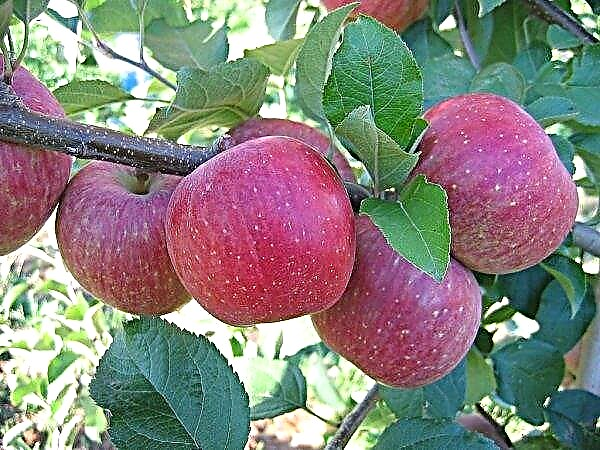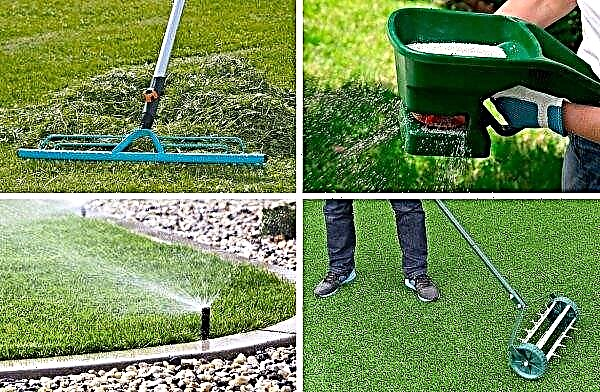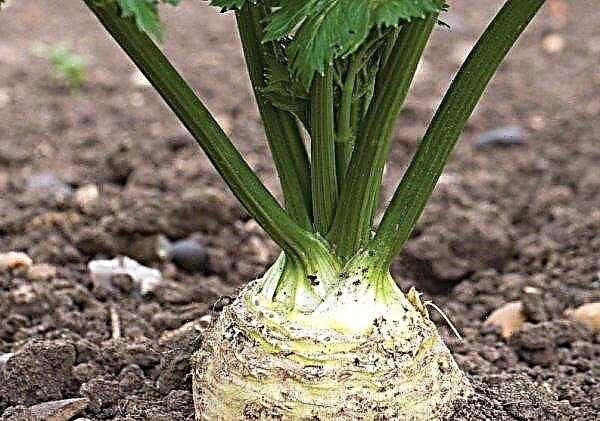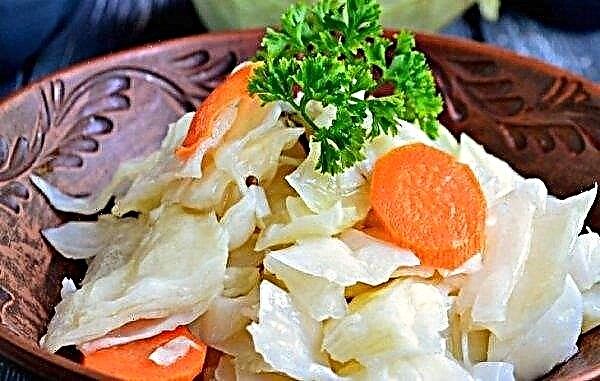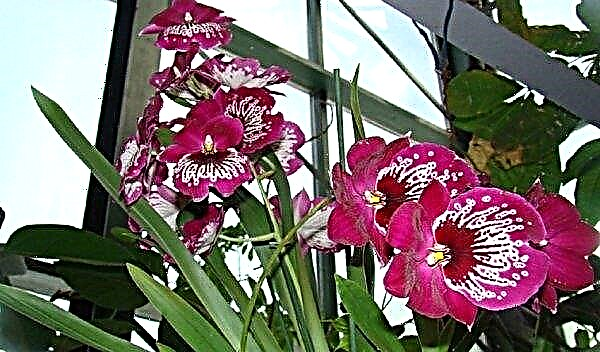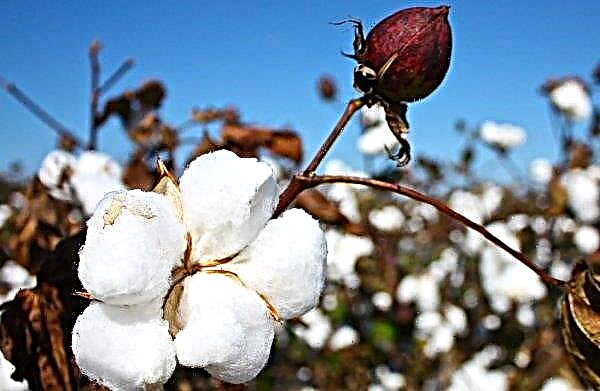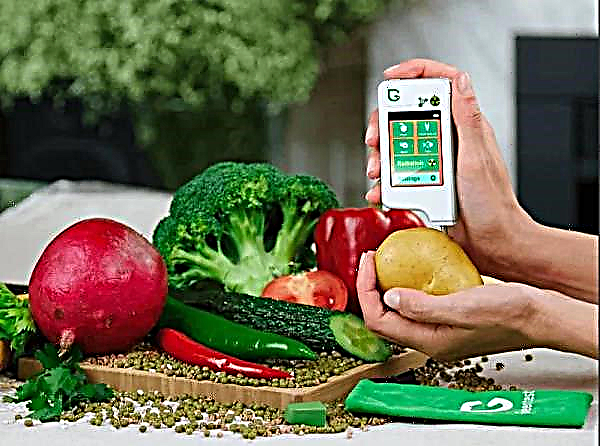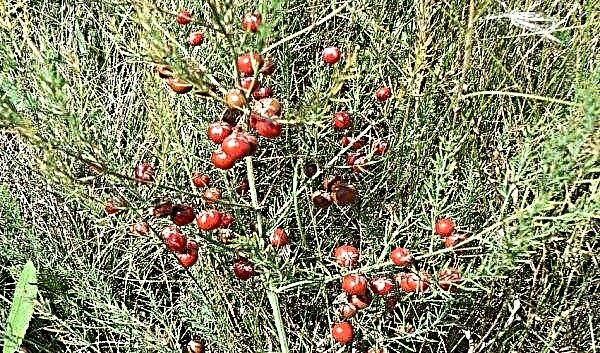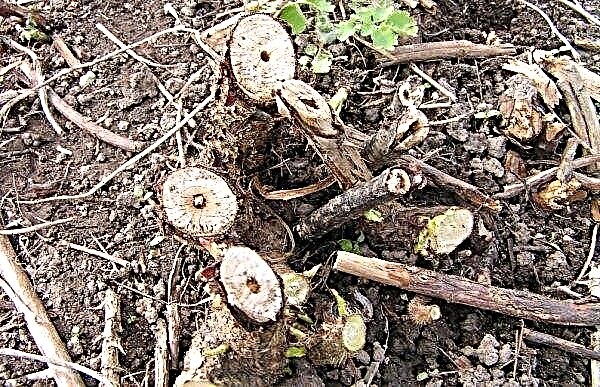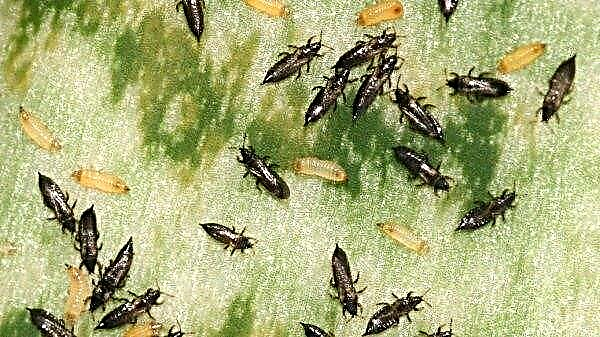The success of tomato cultivation depends largely on the correctness of growing seedlings. To get good seedlings, you need to choose a tomato variety that can fully develop in the conditions of your region, calculate the sowing dates and organize comfortable growing conditions. Consider the basic requirements of tomato seedlings to the conditions of detention and features of agricultural technology.
The best varieties of tomatoes for seedlings
When choosing a tomato variety, it is better to give preference to universal varieties that will be equally well suited for growing in a greenhouse and open ground.
The most productive varieties of this type:
Optimal conditions for growing seedlings
To grow viable seedlings, you need to organize a comfortable microclimate for it:
- at the stage of seed germination, lighting is not required, the temperature is maintained at + 25 ° C, soil moisture - 80%, air - 60–70%;
- when the first shoots appear: daylight hours 10–15 hours, temperature +18 ... + 20 ° С, humidity is similar to the germination period.
Important! When choosing a variety of tomatoes, carefully study the description provided by the manufacturer. Varietal tomatoes are cheaper than first-generation hybrids. Their difference is that varietal seeds, collected independently, retain the characteristics of the second-generation parent plants, hybrids will have to be bought every year.
When to plant tomatoes for seedlings?
Seed planting dates:
- when cultivating tomatoes in open ground and in an unheated greenhouse - from March 15;
- when cultivated in a heated greenhouse - from the beginning of February.
How to grow tomato seedlings at home
Growing seedlings at home, you must first select and prepare a place for planting, observing the rules of crop rotation. They begin to do this in the fall, after harvesting.
Seat selection
The best precursors for tomatoes are winter crops and legumes. The landing area should be spacious, bright, without a draft. The distance to groundwater is at least 1.5 m. In the vicinity of tomatoes, garlic can be planted.
Soil preparation
When planting in open ground, on the site you need to remove all plant debris and weed roots. Then dig the earth to a depth of 15 cm and pour it with a solution of copper sulfate. After 5 days, 10 kg of manure + 40 g of superphosphate are added per m². After fertilizing, the soil is again dug up to a depth of 20 cm. In the spring, a week before planting, similar manipulations are carried out. As a fertilizer make liquid mullein.
In the greenhouse, remove the upper 10-15 cm of soil and replace it with a new substrate, consisting in equal proportions of:Did you know? There are 25,000 varieties of tomatoes in the world. New varieties are very different from the usual red tomatoes. Their color scheme can vary from white to purple-black.
- peat;
- sand;
- humus leaf.

Before laying new soil, the walls of the shelter are treated with copper sulfate. After making a new soil, it must be shed with a hot ash solution. On 1 m² leaves 10 liters of working solution. 400 g of wood ash are dissolved in 10 l of water and boiled for 5 minutes. After 2-3 days, 40 g of superphosphate and 30 g of dolomite flour are added to the soil.
For seedlings, the soil is prepared by mixing in equal amounts of leaf-sod humus and sand. For every 10 kg of soil mixture, 400 g of wood ash is added. Then the soil is disinfected by calcining in the oven or applying a solution of copper sulfate.
Seed treatment
Seeds purchased at the store usually do not require additional processing - they need to be sown dry in the prepared soil. With self-collection of seed, it is necessary to make a 2-hour bath in a solution of manganese. Surfaced specimens are weeded out, the rest are washed and immersed in a root solution for 3 hours.
Important! Check the germination of seeds by germination. They are wrapped in wet gauze and kept for 2-3 days in a dark room. After this time, the germinated seeds are planted, and the empty ones are rejected.
Sowing technology
Step-by-step instructions for sowing seeds:
- In the seedling boxes we put the drainage, then the moistened soil mixture.
- Level the soil and slightly compact.
- We make beds with a depth of 0.5 cm, keeping the distance between them 5 cm.
- Lightly compact the seed bed.
- We plant seeds at a distance of 3-5 cm from each other.
- We cover the seed with washed, dry sand.
- Wrap the surface of the containers with polyethylene and set them aside in a dark place.
Video: sowing tomato seeds for seedlings
Tomato seedling care
At the stage of germination, the main task of the grower is to maintain an optimal microclimate. Before sprouts appear, the film needs to be removed daily for a while to avoid overheating of the soil and the spread of fungus.
With the advent of shoots, the shelter must be removed and the containers moved to a well-lit room. Daily moisten the soil from the spray, introducing liquid under the root. With the appearance of 2 sheets, 5 cm long, plants begin to plant in separate containers. At this stage, you can use peat pots or tablets. This will reduce the risk of rhizome trauma during a dive to a permanent place.
Important! When picking tall varieties of tomatoes, the main stem is buried in the soil by 5 cm to avoid overgrowing seedlings and help plants develop a root system that can provide a large bush with nutrients. At the time of transplantation to a permanent place, the main stem must also be buried in the ground by 5–7 cm.
So that plants can develop a strong root system and a powerful stem, from the moment of transplantation into separate pots, they begin to fertilize with nitrogen and calcium. 40 g of urea and 20-30 g of dolomite flour are diluted in 10 l of water. Top dressing is applied every 2 weeks, spraying from the spray at the root.
2-3 weeks before picking, seedlings begin to harden to a constant place by gradually lowering the ambient temperature to +10 ... + 12 ° С. Plants accustom to the open air, exposing them first to the glassed balcony for several hours a day. When the sprouts adapt to this mode, they begin to open the windows on the balcony or take them out to the garden. By the time of transplantation, seedlings should be fully prepared for the microclimate of open ground or greenhouses. The last 24 hours before the pick, the plants are kept in a new place.
When the sprouts adapt to this mode, they begin to open the windows on the balcony or take them out to the garden. By the time of transplantation, seedlings should be fully prepared for the microclimate of open ground or greenhouses. The last 24 hours before the pick, the plants are kept in a new place.
When and how to plant seedlings in a permanent place?
Seedlings are dived to a permanent place at the age of 40-60 days, depending on the variety. Plants can be planted in greenhouses as early as April, and in open ground at the end of May. The main thing is that the soil is warmed up to + 12 ° C.
Important! An hour before the dive, in a container with plants you need to make a solution of phytosporin, prepared according to the instructions. This will make it possible to protect tomatoes from the spread of late blight.
Before preparing the beds, you need to choose the optimal planting scheme, taking into account the estimated size of the bushes and their shape (1 or 2 stems). There are 4 schemes:
- Ribbon Nest - suitable for short, compact varieties. It involves planting bushes at a distance of 20-30 cm from each other on both sides of trenches dug along the entire area of the bed in increments of 150 cm.
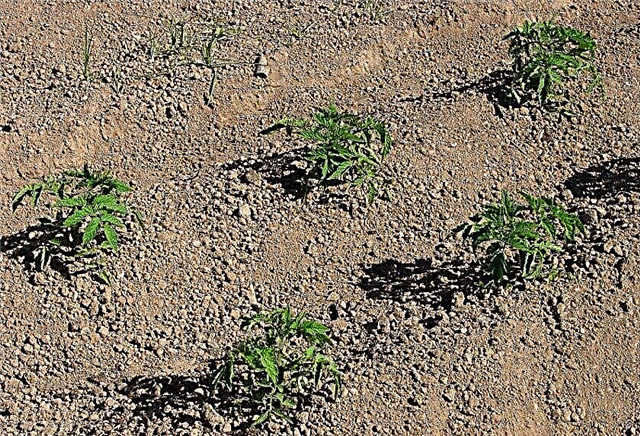
- Chess - the markup technique is similar to a ribbon-nesting, but the bushes are not placed opposite each other, but in a checkerboard pattern.
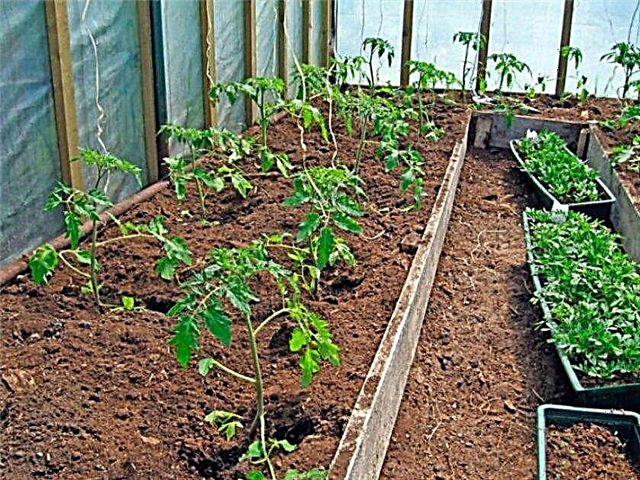
- Tape - It is considered the most economical scheme. Plants are placed in one row, placing them in trenches 25-30 cm deep, in increments of 40 cm. The technique is suitable for growing tall bushes.
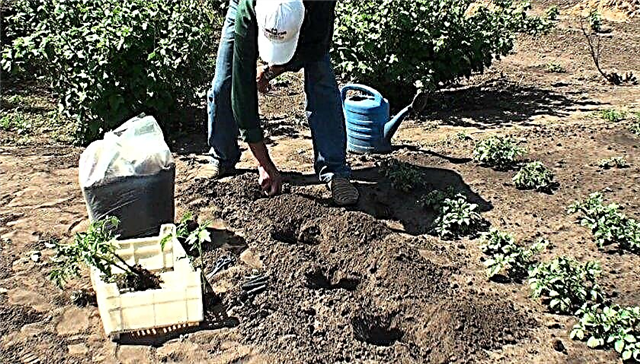
- Square nest - Perfect for varieties that form a lot of side shoots. Plants are placed in a square at a distance of 50 cm. A step of 90 cm is left between the squares.

Landing work is carried out in the late afternoon. The depth of the hole should be 5 cm more than the height of the container with seedlings. Half a bucket of warm water is poured into the formed holes. When everything is ready, the plants are removed from the pots with an earthen lump, the bottom 3-4 leaves are removed and placed in the wells. Plants are buried in the soil to the remaining leaves. This procedure makes it possible to form additional roots. The soil around the main stem is slightly compacted and 1 liter of water is poured into each well. For tall varieties, stakes are immediately set nearby and plants are fixed.
If the seedlings are very elongated, it is placed in the holes horizontally. The depth of the holes in this case depends entirely on the height of the stem. The landing pit should look like a small trench. Part of the stem, which will be located underground, is freed from the leaves. After this, the seedling is laid in a hole, sprinkled with soil, compacted and watered.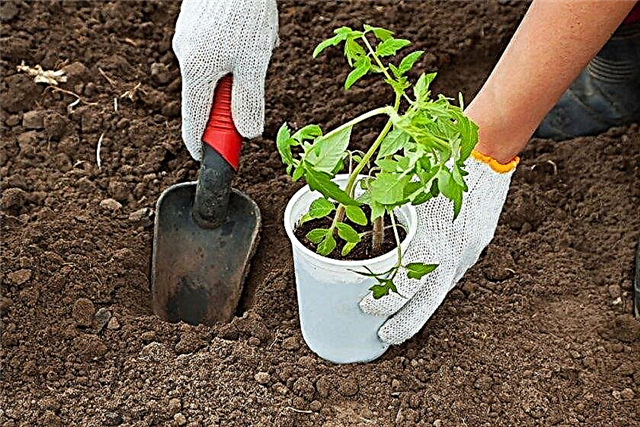
Key Growing Mistakes
The main mistakes that gardeners make when growing tomatoes:
- Early landing - the plants grow weak, the coefficient of their loss at the stage of adaptation to a new place increases, productivity decreases.
- Late landing - due to growth retardation, the quantity and quality of the crop is reduced.
- Placing tomatoes and cucumbers in one greenhouse - cultures need different microclimatic conditions, which cannot be ensured in a small area that is not divided into separate sections.
- Thickening of landings - plants obscure each other, as a result, air circulation worsens, which leads to the development of fungal diseases and a decrease in fruit.
- Abandonment of formation stepsoning - threatens the development of lush greenery and lack of fruits.
- High fertilizer application - the bushes develop a lush green mass and a powerful root system, but they do not give fruit.
Did you know? By eating tomatoes while using products that protect against ultraviolet rays, you can increase their effectiveness. Trace elements contained in tomatoes, reacting with cosmetic compounds that penetrate the skin through the skin, create a barrier for rays A and B of the spectrum.
A full-fledged tomato crop, promised by the producers of varieties, can be obtained only by following all the cultivation instructions. Neglecting the rules of agricultural technology at the stage of growing tomato seedlings leads to a decrease in yield or its complete absence.





